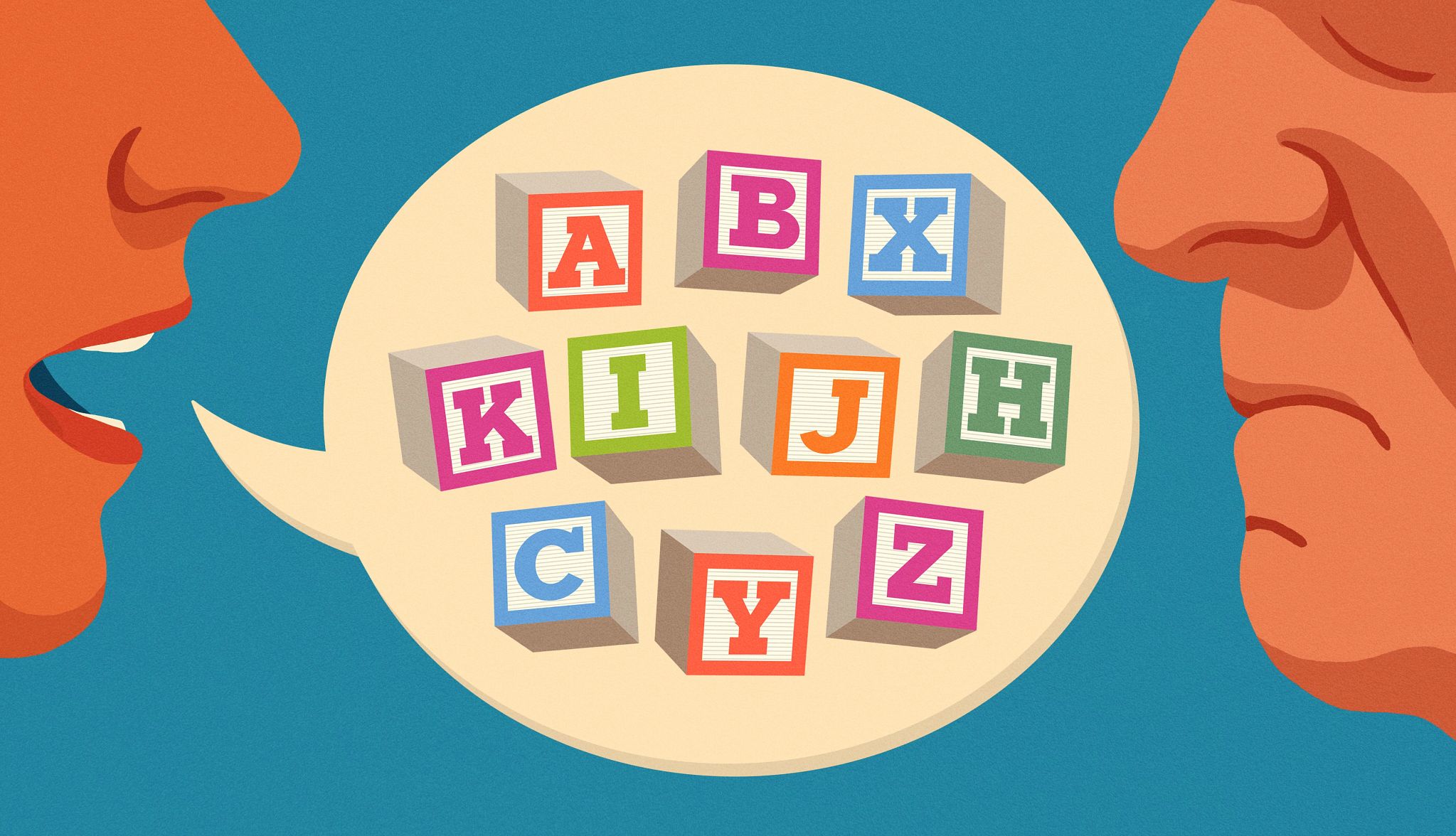AARP Hearing Center


“Good morning, sweetie. Are we ready for some breakfast?
Elderspeak, as researchers call it, “is the idea of baby-talk-like communication with older adults, but it spans into controlling talk where, just like when we talk to children, we want to control what they’re doing, but we want to make it sound nice,” says Clarissa Shaw, an assistant professor at the University of Iowa College of Nursing. Her research focuses on the harms of elderspeak when it’s used with older adults living with dementia.
If the endearing way in which you speak to the loved one in your care is the way you have always spoken to them, it’s probably not a problem. But it may not be appropriate for adult children, professional caregivers or in-home helpers to use the same tone with your loved one. You might be the one in the best position to advocate for your loved one to be spoken to the way they would like.
What is elderspeak?
On its face, “elderspeak” is the use of baby talk or sweet talk with older adults with whom you don’t have the intimacy or familiarity to speak this way. This may include using terms like “honey,” “baby” and “sweetie” or speaking in a singsong tone, like what one might use with babies.
Join Our Fight for Caregivers
Here’s what you can do to support family caregivers:
- Sign up to become part of AARP’s online advocacy network and urge lawmakers to pass legislation to save caregivers time and money.
- Find out more about how we’re fighting for you every day in Congress and across the country.
- AARP is your fierce defender on the issues that matter to people age 50-plus. Become a member or renew your membership today.
Beyond word choice and tone, though, elderspeak may include controlling language that ignores or takes away the older adult’s autonomy. It’s saying, “It’s time for your bath,” rather than asking the older adult what they want, says Laura Gitlin, distinguished professor and dean emeritus of Drexel University College of Nursing and Health Professions.
“You could say, ‘Mrs. Smith, today is the day you usually take a bath. Would you like one now or should I come back in half an hour?’” Gitlin suggests.
Besides diminutives, such as “dear,” elderspeak can include any of the following:
- Childish terminology, such as “poo poo” and “jammies.”
- Inappropriate use of collective terms, such as “We are going to stay in bed.”
- Directives or imperatives, such as “Eat your lunch.”
- Exaggerated, patronizing praise, such as “You’re a pro!” in inappropriate situations.
- Interrupting to help an older adult find a word or finish a thought more quickly.
- High-pitch, songlike tones or excessively high volume.
- Using questions to mask a directive, such as “It’s time for lunch, isn’t it?”
- Reflective phrases, such as “Can you eat your lunch for me?”
- Context, of course, is key.
“I don’t care if a husband calls his wife ‘sweetie,’” Shaw explains. “That’s probably literally her name to him.” These terms of endearment might also be OK coming from professional caregivers who’ve been with your loved one for years. “At that point, they’re family,” Shaw says. “They’ve earned that.”


































































More From AARP
Report: 45% Increase in Americans Providing Care
New AARP-NAC survey finds 63 million Americans are now family caregivers
How to Avoid Caregiver Burnout
Learn how to spot warning signs and manage caregiver stress
Creating a Back-Up Plan for Family Caregivers
Flexible plans ensure care continuity in unexpected times